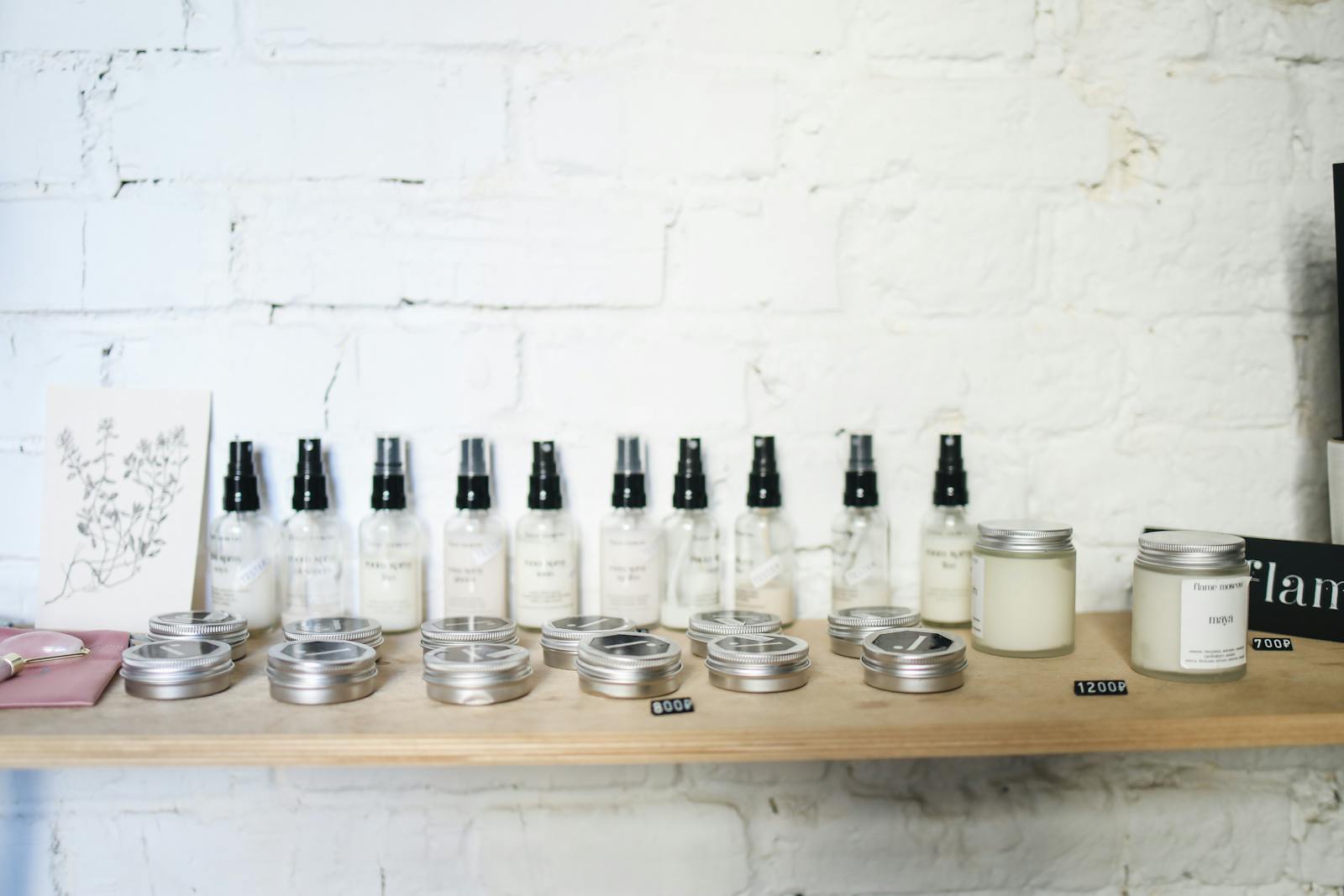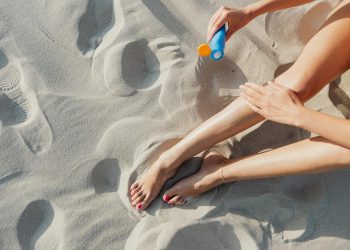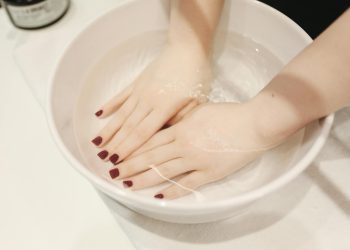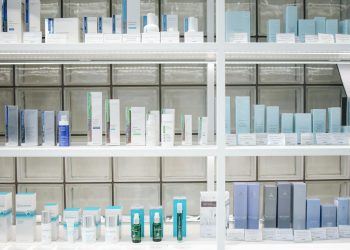In recent years, skincare has undergone significant transformations as new trends emerge to meet the ever-evolving demands of consumers who are more knowledgeable and invested in their health and appearance. With advances in technology, an increasing awareness of environmental and social concerns, and a growing emphasis on personalization, skincare trends are continuously changing, offering fresh approaches to self-care and beauty. This year, several key skincare trends have taken center stage, reflecting broader shifts in beauty culture and consumer priorities.
From ingredient-conscious formulations to sustainable packaging and cutting-edge treatments, this year’s skincare trends not only focus on improving skin health but also on fostering wellness, inclusivity, and ethical responsibility. This essay will explore the top skincare trends that are defining this year and the impact they are likely to have on the skincare industry and consumers alike.
1. Personalized Skincare: Tailoring Solutions for Every Individual
Personalization is perhaps the most prominent trend in skincare this year. The desire for customized skincare products that cater to an individual’s unique skin type, concerns, and goals is pushing brands to embrace more tailored solutions. Advances in technology, such as artificial intelligence (AI) and genetic testing, have enabled companies to create skincare lines that are more precise than ever before.
AI-driven skincare consultations are becoming more common. Platforms that analyze a person’s skin based on uploaded photos or real-time assessments help guide users to the right products. This data-driven approach takes into account factors like skin texture, moisture levels, and even environmental conditions. Skincare brands are also starting to offer genetic testing kits that examine a person’s DNA to determine the best skincare routine for their genetic predispositions. These innovations have made skincare more individualistic, allowing consumers to find the best-suited products for their skin, which reduces trial-and-error and enhances product efficacy.
Personalized skincare can also be seen in subscription boxes, where consumers receive skincare kits curated based on their specific preferences and needs. These services take the guesswork out of choosing products and create an enhanced consumer experience by providing tailored solutions.
2. Skinimalism: Less Is More
Another significant trend this year is the embrace of “skinimalism”—a minimalist approach to skincare that focuses on using fewer, but more effective, products. Rather than layering multiple serums, oils, and creams, skinimalism advocates for streamlined routines that prioritize only the essentials.
The rise of skinimalism is largely driven by a desire for simplicity and sustainability. Consumers are becoming increasingly aware of the impact of overconsumption, and many are opting for skincare routines that require fewer products. Additionally, skinimalism is gaining traction because it emphasizes products that are multi-functional and have high efficacy, reducing the need for a variety of specialized treatments.
This shift also mirrors the growing movement toward skin health over “perfect” skin. Instead of using a variety of products in an attempt to address multiple concerns at once, skinimalism promotes nourishing skin through gentle, non-overwhelming routines. Brands have responded to this trend by creating simplified skincare lines that focus on essentials like cleanser, moisturizer, and sunscreen.
3. Clean and Sustainable Beauty: Ethical Consciousness Takes Center Stage
Sustainability has long been a concern in the beauty industry, but this year, it is particularly front and center as more consumers demand clean, eco-friendly, and cruelty-free products. Clean beauty refers to products made without harmful chemicals, synthetic fragrances, or toxins. This growing demand for natural and non-toxic ingredients has led to the rise of eco-conscious brands that champion transparency and ethical sourcing.
Sustainability in skincare goes beyond just ingredients; packaging has also become a focal point. Refillable containers, compostable packaging, and glass jars are becoming more popular as consumers are increasingly mindful of reducing plastic waste. Many skincare brands are also embracing biodegradable packaging and moving away from excess plastic to align with environmental goals. In response, companies are introducing initiatives like “clean beauty” certifications and sustainability pledges to build consumer trust and provide a clear indication of their commitment to environmental responsibility.
Moreover, the demand for cruelty-free beauty products continues to grow. More people are choosing skincare brands that are committed to not testing on animals and supporting companies that embrace cruelty-free certifications. This trend signals a shift in consumer values, where ethics, sustainability, and wellness are no longer secondary concerns but primary factors driving purchasing decisions.
4. Probiotic Skincare: Balancing the Microbiome for Healthier Skin
The role of the skin microbiome in overall skin health has become a major area of focus this year. The skin microbiome refers to the ecosystem of bacteria, fungi, and other microorganisms that live on our skin. Research has shown that a balanced microbiome is key to maintaining healthy skin and protecting against conditions like acne, eczema, and rosacea. As a result, probiotic skincare has gained traction as a way to support and balance this delicate microbiome.
Probiotic skincare products use beneficial bacteria and other microorganisms to restore the skin’s natural barrier and promote a healthy balance of the microbiome. These products work by providing the skin with the necessary nutrients to support good bacteria while fighting off harmful bacteria. Probiotic-based cleansers, serums, and masks are now available in many skincare lines, making it easier for consumers to incorporate this beneficial trend into their routines.
The rise of probiotics in skincare also aligns with a broader wellness trend, where consumers are increasingly seeking products that promote internal and external health. Just as probiotics have become a staple in gut health, they are now seen as essential for maintaining a healthy, glowing complexion.
5. Advanced Skincare Treatments: The Surge of At-Home Devices
The desire for more efficient and professional-level skincare treatments has led to the rise of at-home devices. This year, we are seeing a surge in advanced skincare tools that allow consumers to achieve salon-quality results in the comfort of their own homes. These devices often incorporate technologies that were once reserved for professional treatments, such as LED light therapy, microcurrent stimulation, and facial massagers.
LED light therapy, for example, has gained popularity for its ability to target various skin concerns, from acne to fine lines. At-home devices that utilize red, blue, and infrared LED lights allow users to enjoy the benefits of this technology without needing to visit a dermatologist. Microcurrent devices, which use low-level electrical currents to stimulate facial muscles and promote collagen production, are also growing in popularity as consumers seek non-invasive alternatives to Botox and other aesthetic procedures.
These devices empower consumers to take control of their skincare routines and access professional treatments on their own terms. However, as the use of these devices becomes more mainstream, it is crucial for consumers to understand how to use them correctly to avoid skin damage or ineffective results. Many skincare brands are offering guides and tutorials to ensure that consumers can safely incorporate these advanced tools into their daily routines.
6. Skin Care for All Genders: Breaking Down Barriers of Gendered Beauty
This year has seen a shift in the beauty and skincare industry as brands are moving away from gendered product lines. Traditionally, skincare has been marketed with separate products for men and women, often with the idea that men’s skin requires a more “rugged” or “simple” approach. However, the increasing demand for inclusivity and the recognition that skincare needs are universal has led to a more gender-neutral approach to beauty.
Gender-neutral skincare is not just about eliminating gendered marketing, but also about creating products that are suitable for all skin types and needs. Consumers now expect skincare that is effective, irrespective of gender, and brands are responding by creating formulations that cater to a wide variety of skin tones, types, and concerns. The emphasis is on the quality of the product rather than the gender of the user, promoting skincare as a universally essential part of personal wellness.











